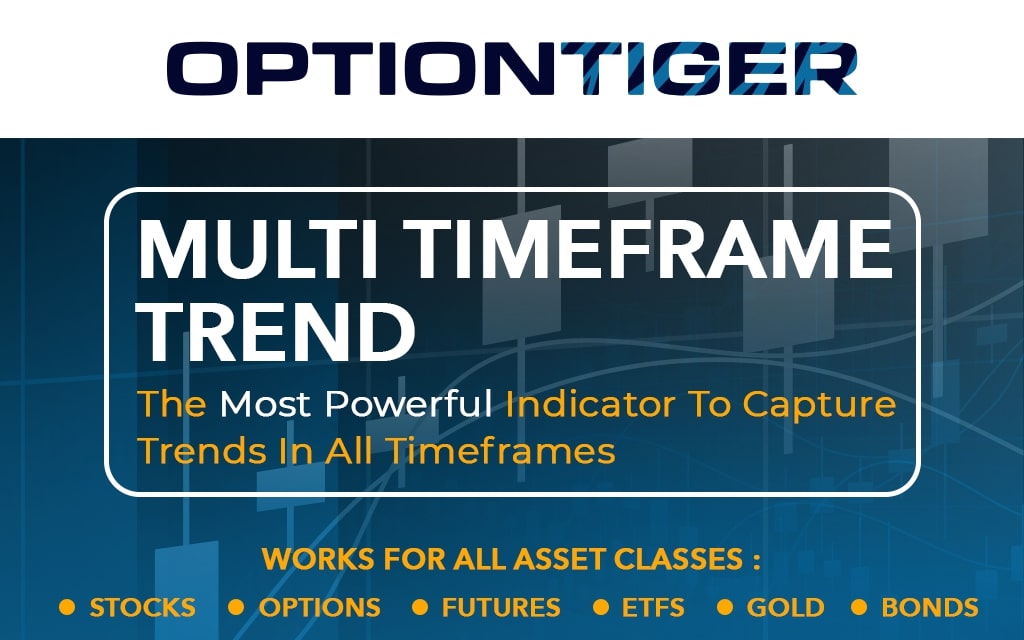The Fed Chairman Ben Bernanke was decisive on various fronts this Thursday. Ever since Quantitative Easing (QE) was established as a way to juice up markets in 2009, markets have been waiting for the next round of QE to arrive. There was QE1 in March 2009, QE2 came in August of 2010, then we had QE2.5 in Operation Twist, and then the ECB in Europe copied the Bernank’s playbook in Dec 2011 with its own version. Notwithstanding the fact that all these QEs have had little improvement in the underlying economy or the stubbornly high unemployment number, markets have become addicted to this flow of money. The effects of QE on the markets shown on the S&P chart below (click to enlarge).
This time, there were many things different. I suppose Ben Bernanke was tired of dealing with all these numbers following the “QE”, so he went ahead and put the market’s concerns to rest once and for all. He announced QE (Unlimited version). There is not going to be QE4 or QE5 or QE25. This is it – QE(Unlimited). The Fed is going to buy Mortgage Backed Securities (MBS) for $40B /month indefinitely, and when Operation Twist comes to an end this year, it will add another $45B, so from 2013 onwards, we’re looking at $85/month indefinitely. This could potentially add $1 to $2T to the Fed’s balance sheet by the time this is all said and done. And this time, the Fed has tied its QE operation to the labor market – something it never did before. Until the unemployment rate falls to “normal” levels of 5%, the Fed will continue its operation. Now the unemployment rate may never fall to 5% because “structural changes” in US industry may have permanently shifted the concept of the normal itself.
The way this is supposed to work is – Fed buys these securities from large banks and government agencies so that these institutions can lend more money into the public and stoke the ailing economy. This has not happened in the past, and will probably not happen in the future. Banks are gun-shy to lend as they view the future as very uncertain, and are concerned about defaults. So instead, they take this money and put it into the stock market. The markets go up, paper wealth increases, IRA and retirement accounts go up in value and everybody is happy.
It doesn’t take a genius to realize this game is fake. There will be a price to pay for all of this in the future. This is a complex subject, so we leave you with 2 or 3 great blog posts that are informative and explains the consequences of QE in much more detail.
Washington Post’s Ezra Klein’s post
Joe Stuber in SeekingAlpha.com
Anthony Randazzo on www.Reason.com
Markets have been pricing in QE3 and it got more than it asked for. The S&P 500 is at a 4-year high, and has gone up 10% in the last month. This could be a classic case of “Buy the rumor, Sell the news”. Now that QE is out, we could see the markets top out in the near term.



Good post..